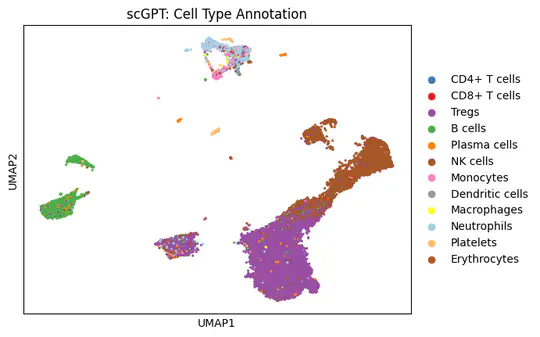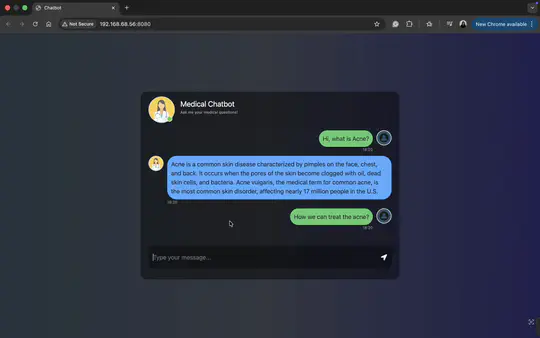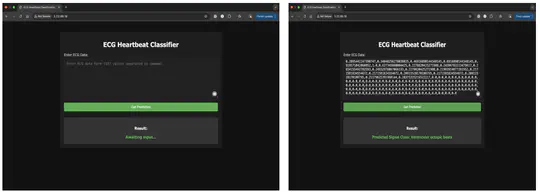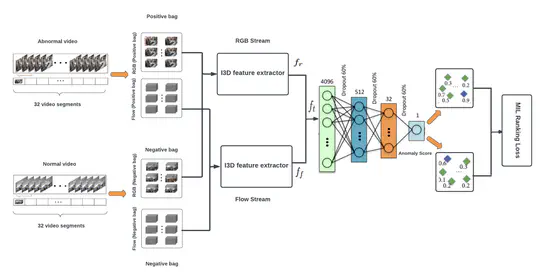Sareh Soltani Nejad
Data Scientist / Machine Learning Researcher
Vancouver, BC, Canada
About Me
I am Sareh Soltani, a Machine Learning Researcher with over 5 years of experience architecting scalable, end-to-end AI systems. Currently, as a GenAI Data Scientist at Mercor Inc., I specialize in Large Language Models (LLMs), building agentic RAG systems designed for multi-step reasoning and tool integration across large-scale unstructured data. Previously, as a Data Scientist at BrainsCan, I leveraged multimodal data to investigate the effect of music perception on brain functionality, while developing AI-driven solutions for pharmaceutical and healthcare applications. Prior to that, I joined the Vector Institute as a Machine Learning Engineer to collaborate on anomaly detection projects. In this role, I implemented machine learning pipelines and predictive models to solve anomaly detection usecases across the banking, insurance, and surveillance sectors.
I earned my MSc in Computer Science from Western University under the supervision of Dr. Anwar Haque, where I developed a weakly supervised video anomaly detection model based on two stream of I3D network. Before joining Western, I completed my B.Sc. in Computer Engineering, focusing on object detection and tracking systems.
My expertise spans Generative AI, Computer Vision, and Large Language Models, with specialized applications across the healthcare, multimedia, and banking sectors. I have extensive experience architecting production-ready AI systems, implementing advanced ML pipelines, and deploying models that drive tangible business value.
Personal email: sarehsoltani.inbox@gmail.com
Work email: ssolta7@uwo.ca
Projects





